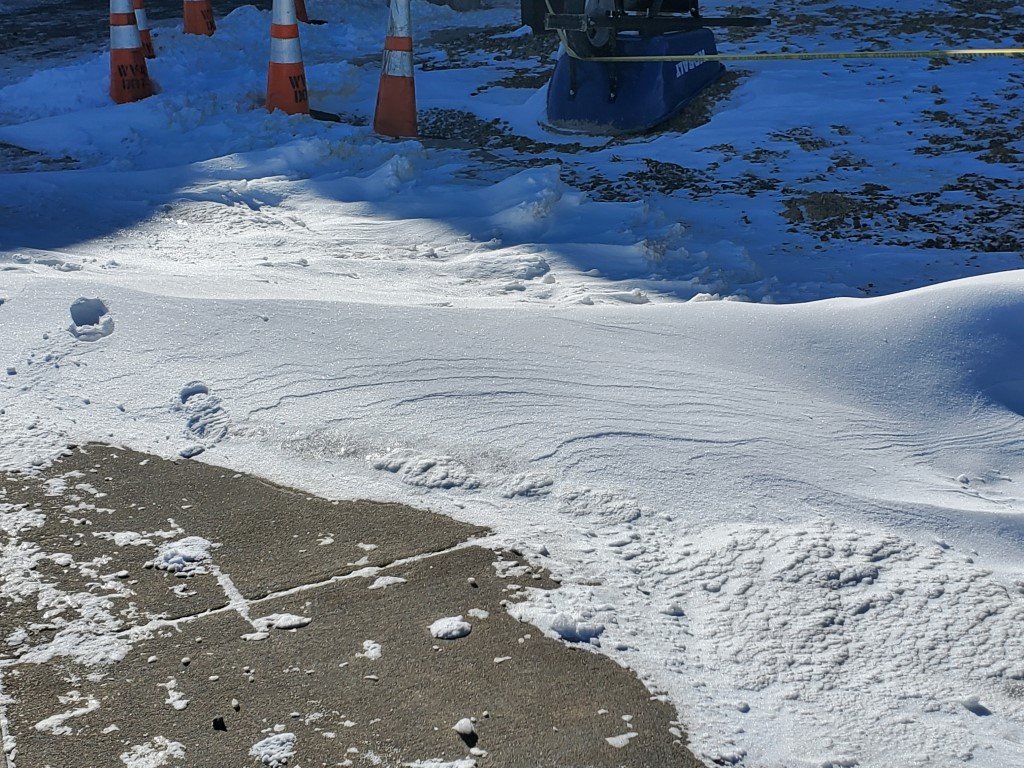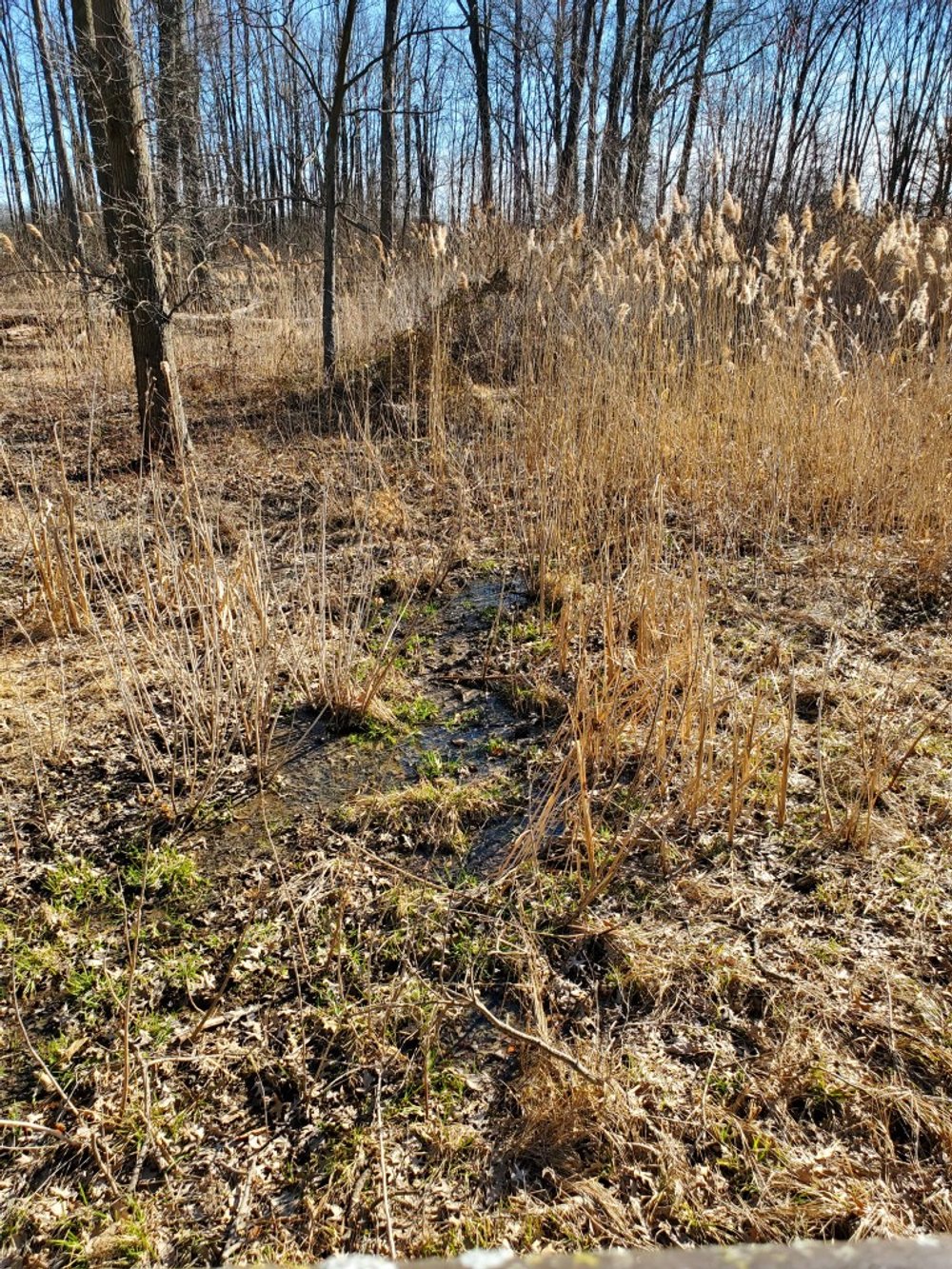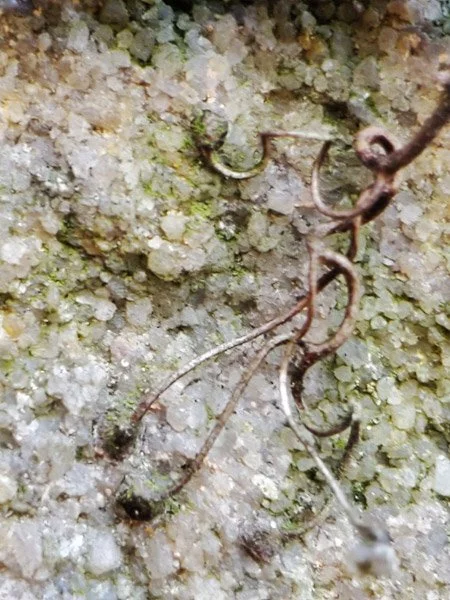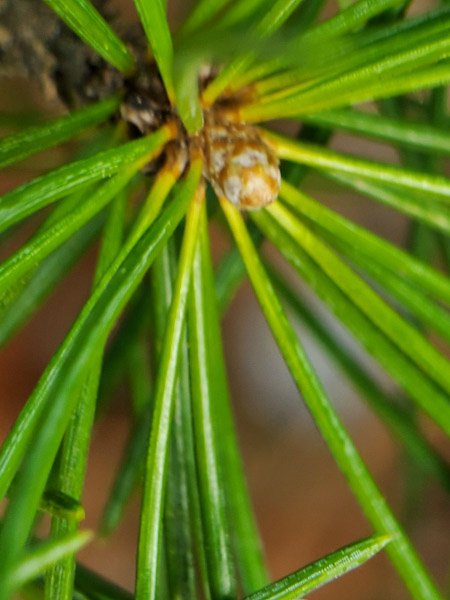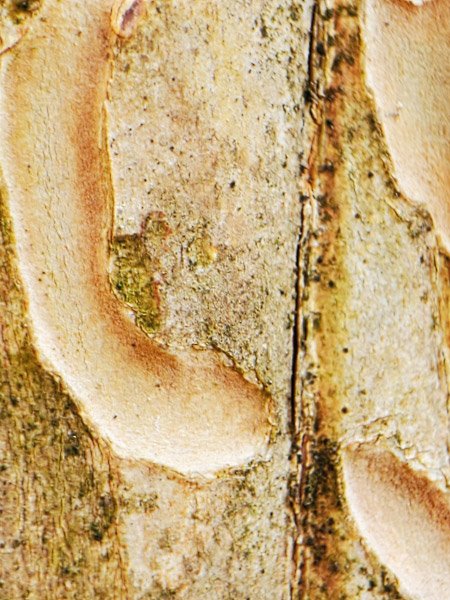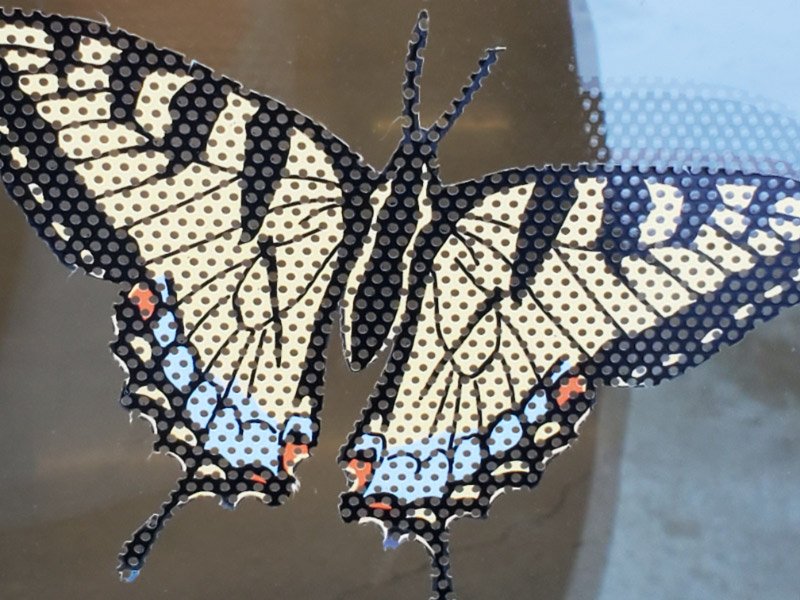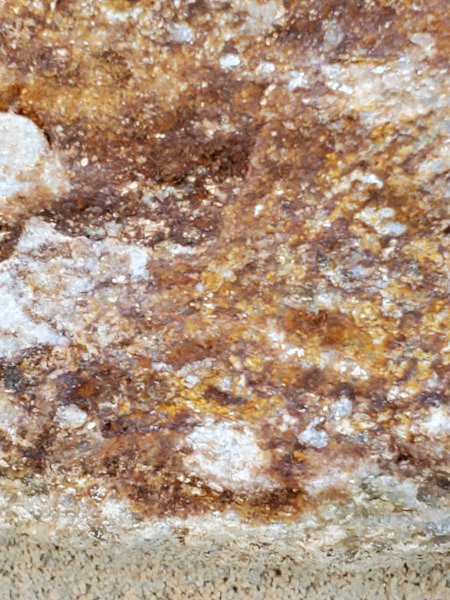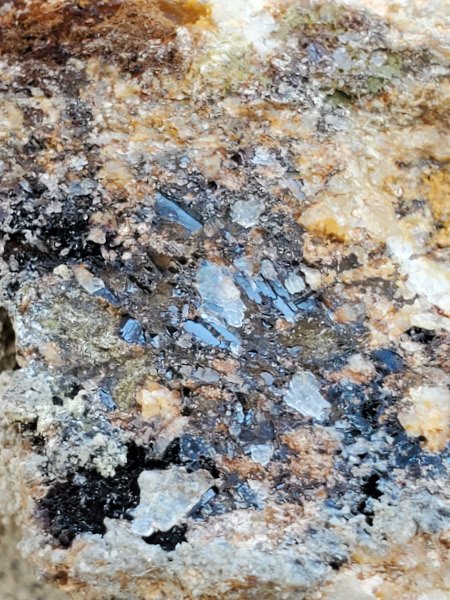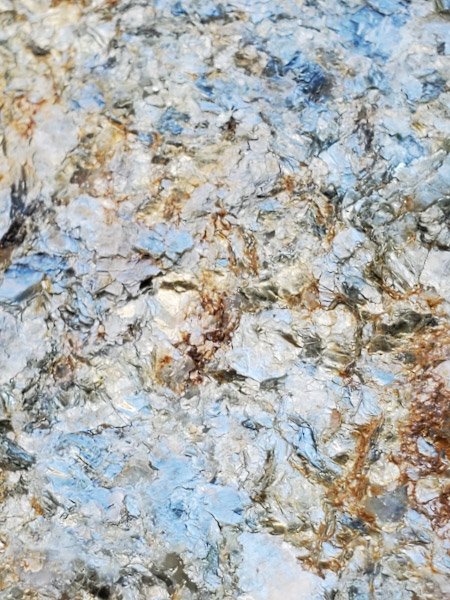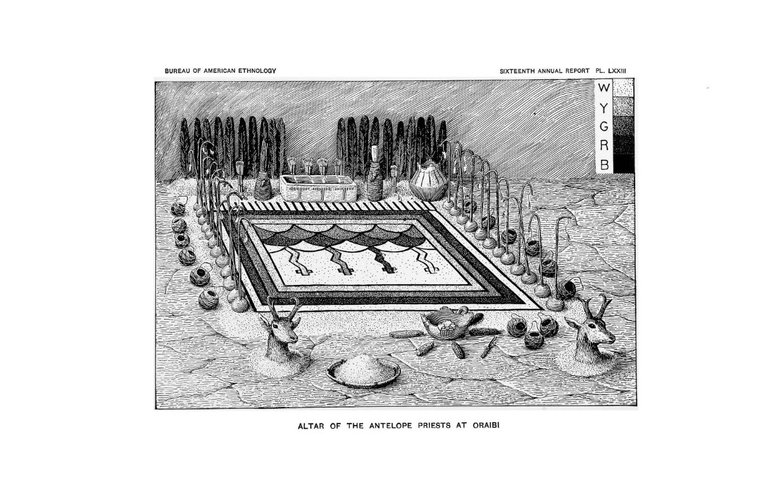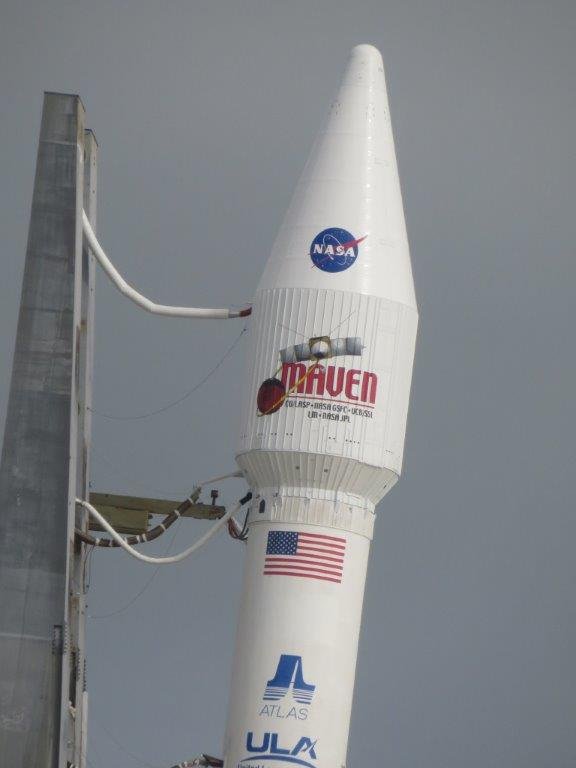Road Trip to Texas
/My trek from Springfield MO to Carrollton TX was on a blustery March day. I wanted to leave a bit before 7 AM…the recent switch to daylight savings time meant it was very dark at that time!
The only picture of the travel day was from the sun room of my daughter’s house as I ate my small breakfast and noticed that the moon was very bright in the tangle of trees.
My route was west at first, so the moon was in my view as long as it was dark, and a colorful sunrise developed in my rear-view mirror…then a very bright day (I was glad when the sun got a little higher and wasn’t shining straight through from the back of the car).
The driving was easy….all interstate this time because of a stretch of construction and a missed exit in Tulsa for US 75. Instead of turning me around to get on the usual US 75 south, my navigation system recalculated to keep me on the interstate to Oklahoma City and then down I35 to Carrollton TX. At first all was well, and I noticed lots of new calves in the fields (and an amorous pair of adults), soaring birds (mostly vultures but there were some hawks as well).
The challenge began after I passed Oklahoma City and was heading south on I35. There were still lots of calves in the fields to notice, but the road had multiple active construction sites that narrowed the highway to one lane in each direction. The wind had picked up as well so between construction zones when the speeds picked up again, I didn’t want to be anywhere near a truck; the wind was causing the big rigs to move around a lot in the lane. I had to consciously relax my hands rather than gripping the steering wheel!
The delay was not too bad. I arrived in Carrollton about 30 minutes later than the original projection. Without the construction zones, that route will be my preferred one between Springfield and Carrollton because it is all interstate…no speed traps going through towns like on US 75. The Oklahoma interstates don’t have as many rest stops (West Virginia is the best state for rest stops on my recent road trips) so most of the stops are at fast food places or truck stops…not very scenic. The road itself is not bad…through farmland and then the Arbuckle Mountains which make for curving highway…fun to drive when it isn’t too windy. Once we move to Springfield…I might leave even earlier to make some stops in places I experienced as a child (like Travertine Creek)!
This time I was glad when the drive was over…primarily because the wind was so strong. There was a wind advisory for the whole area that extended into the next day too. Fortunately my parents trees have been pruned professionally….do downed limbs. I was glad to not be on the road for more than a week when I head for home (Maryland).














